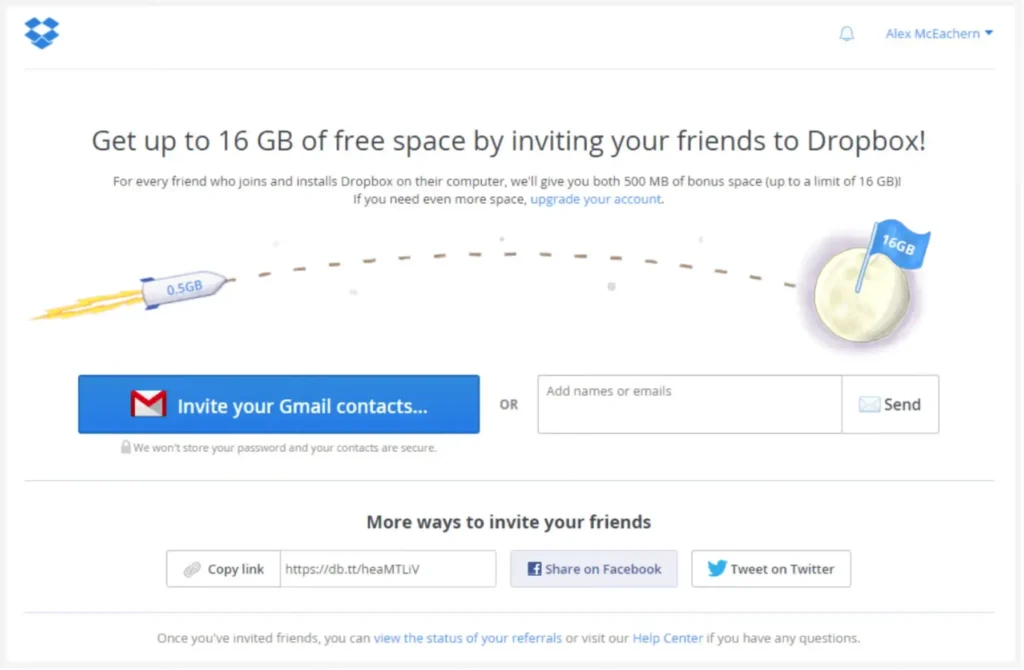How do you seamlessly and subtly move customers and prospects through each phase of the Customer Value Journey?
The answer to it is building marketing CAMPAIGNS that INTENTIONALLY move people from one stage to the next. And those two words—campaigns and intentionally—are important here. So let’s unpack them one at a time. First, let’s talk about what a campaign really is. A marketing campaign has two critical components:
A Call to Action
The call to action is what you want people to do. If the marketing campaign you’re creating is aimed at the Subscribe stage of the Customer Journey, your call to action might be for people to download a whitepaper, checklist, or video resource. If it’s a campaign in the Convert or Ascend stage, your call to action might be to buy a product or service. If the campaign you are creating is for the Awareness stage, the call to action might be as simple as listening to a podcast episode or reading a blog post.
A Traffic Source
The traffic source could be digital clicks from ads, email, social media sites, or search engines like Google. Offline marketing could include direct mail, TV, or radio advertising, print ads, or anything else that gets the call to action in front of your prospects.
Now that you know what a campaign IS, let’s talk about what a campaign is supposed to DO. The purpose of a marketing campaign is to intentionally move people from one stage of the Value Journey to the next. For example: A campaign might have the goal of getting people to sign up for your email list (going from Engaged to Subscribe). Another campaign might have the goal of getting new customers excited about their purchase (going from Convert to Excite). Once again, notice that a campaign is intentionally moving people through the Value Journey. And that word “intentionally” is important.
Example
Anyone who has ever become a customer of a company has moved through the Value Journey, whether that company made it happen intentionally or not. Sometimes, people move through the Value Journey on accident. For example, imagine that you had never heard of Dropbox before. Then, one day, a friend tells you that he uses Dropbox to store all his files online, and he recommends that you check it out. At this point, both you and your friend have progressed along the Value Journey.
You have moved to Step 1, Aware, and your friend has moved to Step 8, Promote. However, this progression didn’t happen because of anything Dropbox did intentionally. It resulted from a random comment or a casual conversation between you and your friend. Contrast that with Dropbox’s marketing campaign offering extra space to customers who refer friends and family:

Offer rewards for people taking the action you want them to take.
In this example, Dropbox is moving people along the value journey INTENTIONALLY by creating a program that is designed for that specific purpose. This is an important distinction to make. Once you figure out that you can move people intentionally through the Value Journey using marketing campaigns, you realize that you have the ability to grow your business by improving the areas where your customers are getting “stuck.”
References:
Digital Marketer. (n.d.). The Ultimate Guide to Digital Marketing. Course Hero. Retrieved January 25, 2022, from https://www.coursehero.com/file/94978188/Ultimate-Guide-to-Digital-Marketingpdf/

